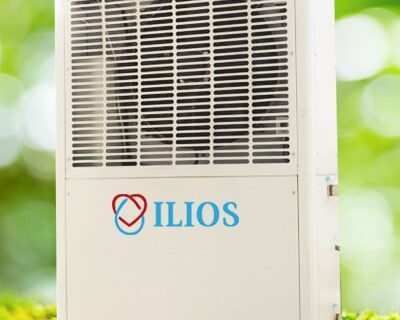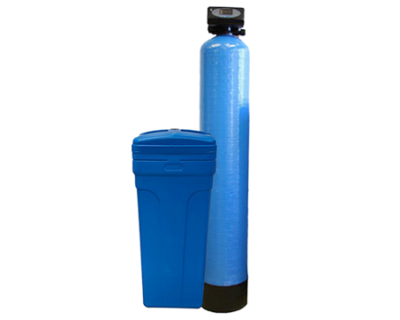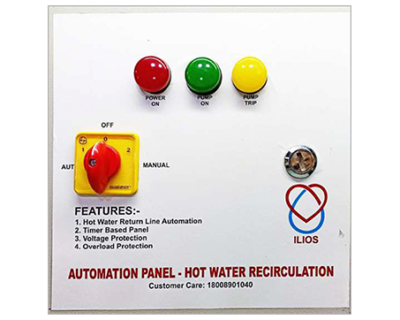Blog
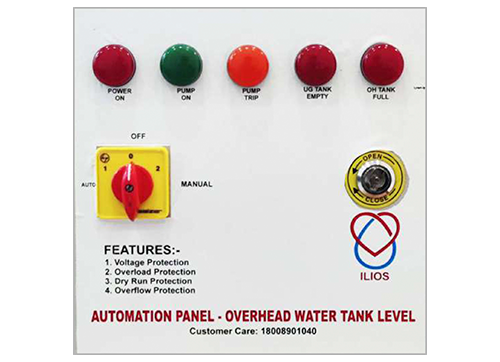
Simplifying Life with Water Level Controllers
In our everyday lives, managing water levels can be a hassle. Whether it’s for a home’s water tank, a commercial building, or an industrial facility, ensuring the right amount of water without waste or overflow is essential. That’s where water level controllers come in handy. These smart devices make life easier by automatically keeping an eye on water levels and adjusting them as needed. Let’s take a closer look at what Controllers are, how they work, where they’re used, and why they’re so helpful.
What are Water Level Controllers?
Controllers are like smart helpers for water tanks. They’re gadgets that keep an eye on how much water is in a tank and make sure it stays at the right level. They use sensors, which are like tiny detectors, to figure out how much water is in the tank. When the water gets too low, they turn on a pump to fill it up. And when the water gets too high, they stop the pump to prevent spills. It’s all automatic, so you don’t have to worry about it.
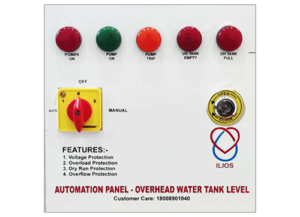
How Do Water Level Controllers Work?
Imagine you have a water tank with a water level controller. Inside the tank, there are sensors placed at different heights. These sensors send signals to a control unit whenever the water level changes. The control unit is like the brain of the operation. It receives the signals from the sensors and decides what to do next. If the water level is too low, it tells the pump to turn on and fill up the tank. And if the water level is too high, it tells the pump to stop. It’s a simple but smart system that saves you the trouble of checking the water level yourself.
Where Are Water Level Controllers Used?
Controllers are handy in many places:
Homes: In houses, Controllers are often used for the water tanks on the roof. They make sure there’s always enough water for daily use without overflowing or running dry.
Businesses: Hotels, hospitals, and offices use Controllers to manage their water supply efficiently. This helps them avoid water shortages and keeps their operations running smoothly.
Farms: Farmers use Controllers in irrigation systems to water their crops automatically. It saves them time and ensures their plants get just the right amount of water.
Industries: Factories and manufacturing plants rely on Controllers to control water levels in their machines and processes. It helps them avoid damage to equipment and ensures everything runs smoothly.
Why Are Water Level Controllers Helpful?
Using Controllers comes with several benefits:
Saves Time: With a water level controller, you don’t have to keep checking the water level in your tank. It does the job for you, saving you time and effort.
Prevents Wastage: By keeping the water level in check, these controllers prevent water wastage from overflowing tanks or leaky pipes.
Saves Money: Less water wastage means lower water bills. Plus, Controllers help prevent damage to your property from water leaks or floods, saving you repair costs.
Peace of Mind: With a water level controller in place, you can relax knowing that your water supply is being managed efficiently, even when you’re not around.
Conclusion
Water level controllers might seem like simple devices, but they make a big difference in our lives. From homes to businesses to farms and industries, they help us manage our water resources better. By automating the task of monitoring and adjusting water levels, they save us time, money, and worry. So next time you’re dealing with a water tank, consider getting a water level controller. It’s a small investment that can make life a whole lot easier.


